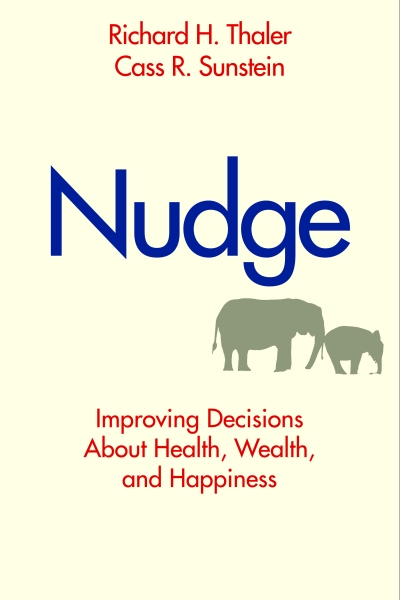
The downside of freedom is choices
Do you want more choices? Most of us would say yes. Whether its for pricing plans, website design, menu items, hobbies, vacation planning, we think that more options is better. It feels customised, free, in our control. But the reality is, when we don’t have the expertise (and we rarely do), choices are quite stressful. We have much to regret, whether or not we make the “right” choices. Upon reflection, I think everyone agrees. Maybe in the Western world we are pressured by a desire for “individualism” to shout for choices. And maybe in the Eastern world, we want more options because we’ve had few?
Many people who favour freedom of choice reject any kind of paternalism. They want the government to let citizens choose for themselves. The standard policy advice that stems from this way of thinking is to give people as many choices as possible, and then let them choose the one they like best (with as little government intervention or nudging as possible.) The beauty of this way of thinking is that it offers a simple solution to many complex problems: just maximise (the number and variety of ) choices — full stop!
The false assumption is that almost all people, almost all of the time, make choices that are in their best interest or at the very least are better than the choices that would be made by someone else.
Nudge: Improving Decisions About Health, Wealth, and Happiness by Richard H. Thaler
—-
Nudge is already such a brilliant title that one would never expect it to also be an acronym. But it is!
iNcentives
Understand mappings
Defaults
Give feedback
Expect error
Stricture complex choices
This is what we need for a good nudge: an understanding of how people relate to the choices at hand and why they’re swayed one way or another, the ability to simplify, and a chance to test our assumptions and tweak based on feedback.